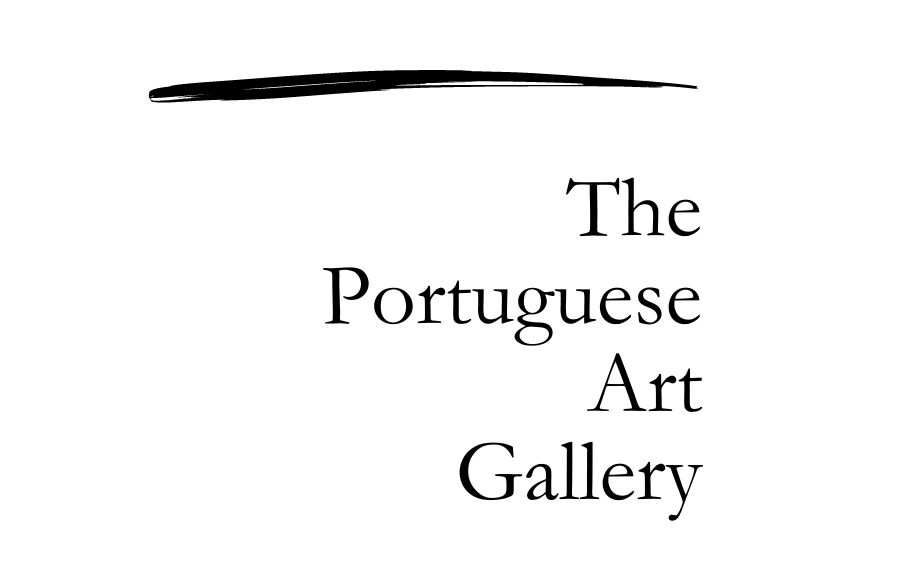Born in Lisbon on February 4, 1914, into a family of painters, this artist had a strong artistic lineage. With Irish ancestry, he was the grandson of watercolorist Ricardo Hogan and the nephew of painter Álvaro Navarro Hogan.
He attended the general course at the Lisbon School of Fine Arts for one year (1930-31). Disenchanted with formal art education, he became self-taught, pursuing his passion for painting alongside his work as a carpenter. In 1937, he became a student of Frederico Ayres and Mário Augusto in the evening classes at the National Society of Fine Arts (SNBA).
His first solo exhibition took place in 1951 at the SNBA. He chose landscapes as his favorite theme and interpreted them exhaustively throughout his artistic career.
In his early years, he was greatly influenced by Portuguese naturalists such as Silva Porto, Columbano, and Malhoa. However, in a later phase, he named Van Gogh and Cézanne as his masters. This can be seen in his work through the geometrization of landscape elements and the solidity in the structure of his images. At the beginning of his career, he painted outdoors in the outskirts of Lisbon or in the Beira Baixa region, but he gradually shifted towards a rawer, less detailed, yet more imaginative and even fictionalized landscape. In 1953, he represented Portugal at the 2nd São Paulo Biennial in Brazil, and in 1957, he participated in the 1st Exhibition of Plastic Arts at the Calouste Gulbenkian Foundation. He received the 1st Prize for Painting at the 2nd Exhibition of Plastic Arts at the Calouste Gulbenkian Foundation in 1961, as well as the 1st Silva Porto Painting Prize from the National Information Service in Lisbon in 1964. In 1957, he began experimenting with printmaking under the influence of William Hayter, whom he studied with. He was a founding member of the Portuguese Cooperative Society of Printmakers in Lisbon, where he directed various printmaking courses and played an important role in the training of younger generations. His body of work is incredibly diverse.
He is represented in various collections and museums, including the Soares dos Reis National Museum in Porto, the Chiado Museum, and the Modern Art Center of the Calouste Gulbenkian Foundation in Lisbon.











